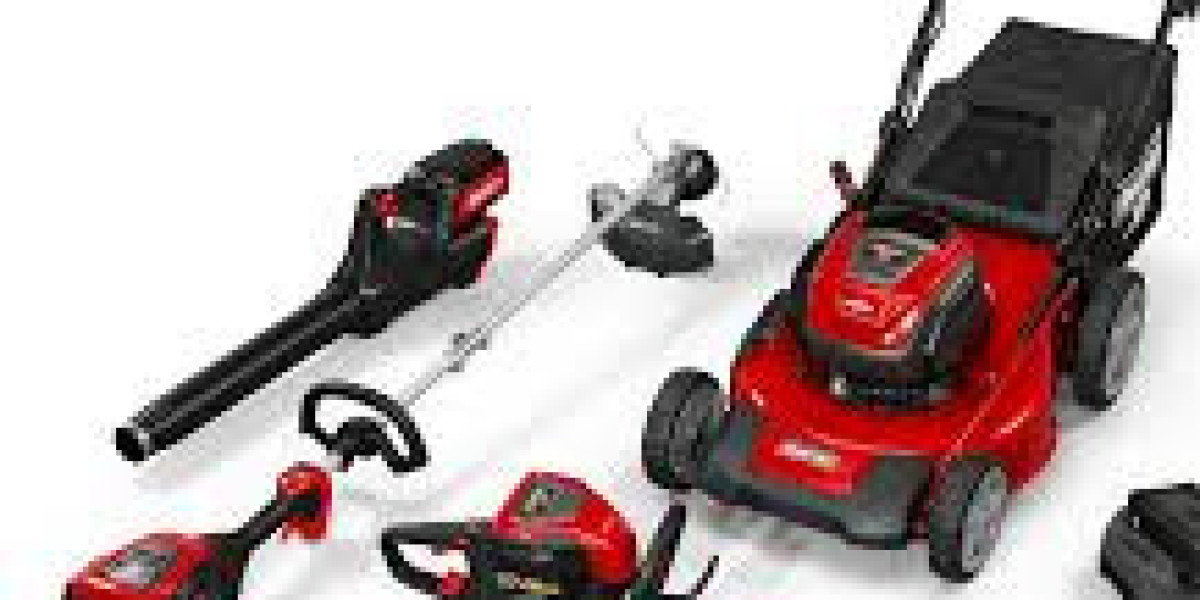Snapper is one of those brands that people either grow up with or eventually discover when they need reliable outdoor power equipment. From push mowers to riding tractors and snow blowers, Snapper has been trusted for decades. But here’s the thing most users overlook: these machines are only as good as the knowledge you have to operate and maintain them. And that knowledge lives in the manual.
If you’ve ever wondered why your mower won’t start after winter storage, or if you’ve been frustrated trying to figure out which blade fits your model, chances are the answer is in the manual you tossed aside after unboxing. Let’s take a closer look at why Snapper manuals matter, how to use them, and where you can find reliable versions online.
Why Snapper Manuals Are More Valuable Than You Think
A lot of people assume that outdoor equipment is self-explanatory: pull the cord, push the mower, and off you go. But modern Snapper products are more complex than they look. Engines, drive systems, mulching attachments, and safety features all have specific requirements.
Without the manual, you risk:
Using the wrong oil or fuel mixture and damaging the engine.
Missing crucial safety steps that protect both you and your machine.
Ignoring seasonal maintenance that extends the equipment’s lifespan.
Spending money on avoidable repairs because you didn’t know how to troubleshoot.
Think of the manual not as a boring instruction book but as a practical guide written by the people who designed the machine. It’s the single most reliable source of information you’ll get.
What You’ll Find Inside a Snapper Manual
Snapper manuals aren’t just parts diagrams. They’re designed to cover every aspect of ownership, from setup to storage. Typically, you’ll find:
Assembly instructions – Perfect for equipment that arrives partially disassembled.
Operating guidelines – Explains everything from blade engagement to drive controls.
Maintenance schedules – When to change the oil, replace spark plugs, or sharpen blades.
Troubleshooting charts – Step-by-step solutions for issues like “engine won’t start” or “mower leaves uncut grass.”
Parts lists and diagrams – Essential when you need to order replacement parts.
If you’ve ever been frustrated trying to match a replacement belt to your mower model, you know how valuable those diagrams can be.
The Advantage of Online Manuals
The reality is that most of us lose paper manuals within weeks. They get stuffed into a drawer or tossed out with the box. That’s where online manuals come to the rescue.
Digital versions allow you to:
Pull up instructions on your phone while working in the garage.
Search quickly using keywords (no more flipping through pages).
Store multiple manuals in one place if you own several Snapper machines.
Access updates and newer editions with corrected or added information.
For seasonal equipment like snow blowers and leaf vacuums, having the manual on hand each year can make the difference between a smooth first start and hours of unnecessary tinkering.
Where to Find Reliable Snapper Manuals
Not all sources online are trustworthy. Some sites promise manuals but bombard you with irrelevant ads or broken files. That’s why it’s worth bookmarking a dependable resource like https://manuals.online/snapper.
Here you can find a wide range of Snapper manuals organized by model and category. Whether you’re looking for a classic push mower, a modern zero-turn rider, or even specialized attachments, this resource saves you the headache of endless searching.
How to Use Your Snapper Manual in Real Life
Here’s where most owners go wrong: they only reach for the manual when something’s already broken. But the smarter approach is to use it proactively. Here’s how:
During setup – Don’t assume you know how to assemble or adjust everything. Manuals often highlight torque specifications, belt routing, and safety checks that can prevent early breakdowns.
At the start of each season – Use the maintenance chart to make sure your equipment is ready. A quick oil change and blade sharpening can add years to your mower’s life.
When troubleshooting – Before calling a repair shop, check the troubleshooting guide. Many issues (like uneven cutting or starting problems) have simple fixes you can do yourself.
For ordering parts – Snapper has countless models, and parts are not always interchangeable. The parts list ensures you order exactly what you need.
A Real-World Example: The Stubborn Starter
One of my neighbors had a Snapper riding mower that wouldn’t start after sitting all winter. He was convinced it needed a new starter motor. But after flipping through the manual, we realized the battery simply needed a charge, and the fuel filter was clogged from stale gas. Ten minutes later, the mower was running smoothly.
That’s the power of a manual. It saves you money, prevents unnecessary repairs, and helps you understand your equipment better.
Snapper Manuals for Homeowners vs. Professionals
The way manuals are used can differ depending on who you are:
Homeowners: You want straightforward setup, basic troubleshooting, and maintenance reminders. Manuals give you the confidence to handle issues without relying on a repair shop.
Professionals: Landscapers and groundskeepers use manuals more intensively. They rely on them for detailed servicing, part replacements, and ensuring their fleet of equipment runs without downtime.
In both cases, the manual is a tool that improves efficiency and reduces costs.
Snapper builds machines that last — but only if they’re cared for properly. The manual isn’t a throwaway booklet; it’s a guide to making sure your mower or snow blower delivers peak performance season after season.
If you’ve misplaced your original, don’t worry. With digital access through https://manuals.online/snapper, you can download the exact manual you need and keep it handy for years to come.
So the next time your Snapper mower sputters, your snow blower clogs, or you’re unsure about which part to order, don’t guess. Open the manual. Chances are, the solution is right there waiting for you.














